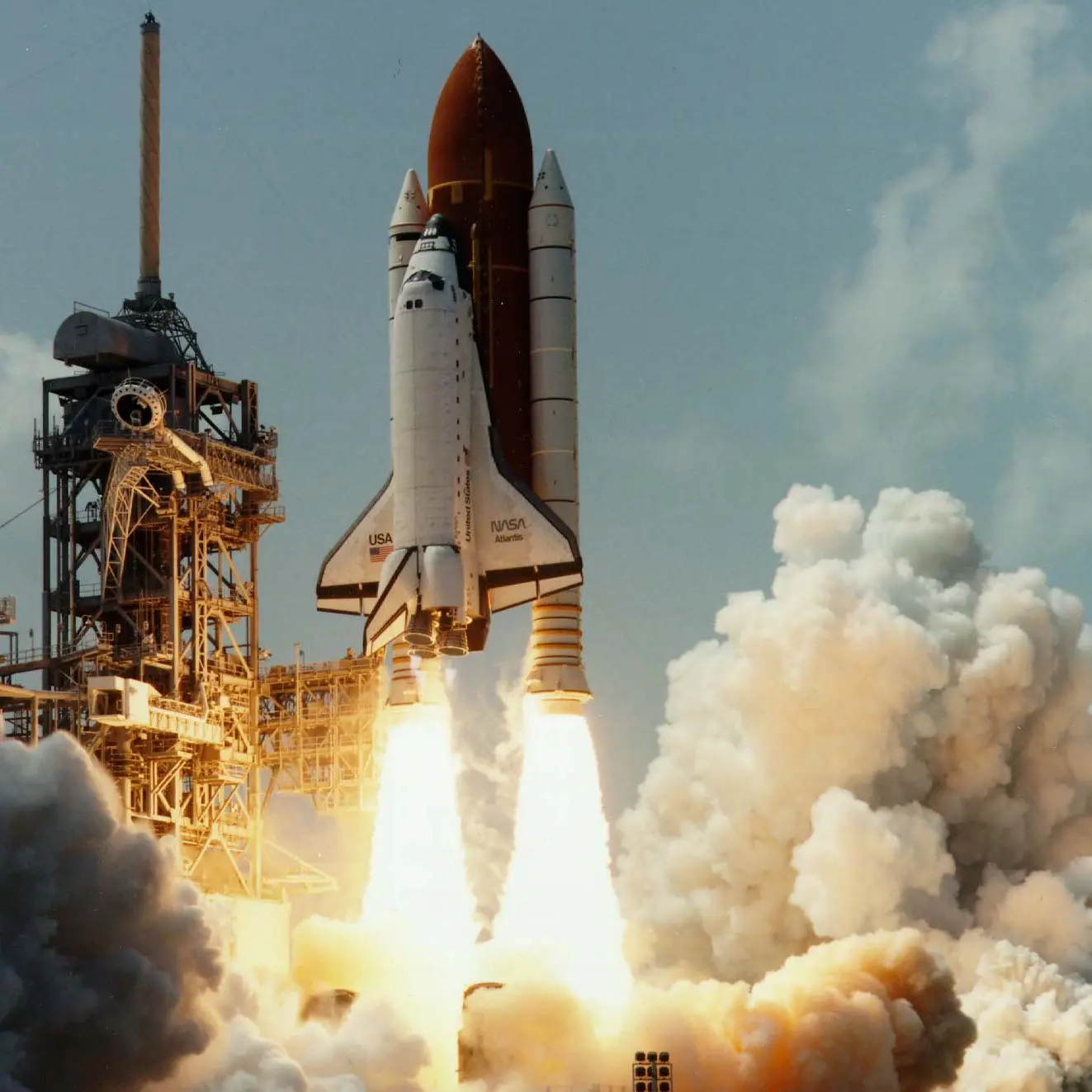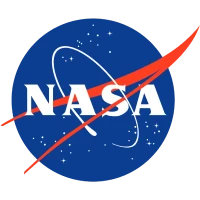/
STS-30R
Launch Success
Liftoff Time (GMT)
18:46:59
Thursday May 4, 1989
Watch Replay
Official Livestream
Mission Details
Launch Notes
Magellan Venus probe deployment
STS-30R
The Magellan spacecraft was deployed from the shuttle's payload bay six hours and 14 minutes into the mission.[5] Two successive IUS propulsion burns placed the spacecraft on its trajectory to Venus about an hour later. Magellan arrived at Venus in August 1990 and began a 243-day mission of mapping the planet's surface with radar. Three mid-deck experiments were included on the mission. All had flown before. Mission Specialist Cleave used a portable laptop computer to operate and monitor the Fluids Experiment Apparatus (FEA).[5] An 8-millimeter video camcorder, flown for the first time on the Shuttle, provided the opportunity for the crew to record and downlink on-orbit activities such as the FEA, which was a joint endeavor between Rockwell International and NASA. Payload bay video cameras were used to record storm systems from orbit as part of the Mesoscale Lightning Experiment.
Low Earth Orbit
20,833 kilograms
Rocket


Agency
NASAPrice
$450.00 million
Rocket
Height: 56.1m
Payload to Orbit
LEO: 27,500 kg
GTO: 3,810 kg
Liftoff Thrust
30,250 Kilonewtons
Stages
2
Strap-ons
2
Launch Site
Stats
Space Shuttle
29th
Mission
2nd
Mission of 1989
1989
33rd
Orbital launch attempt
